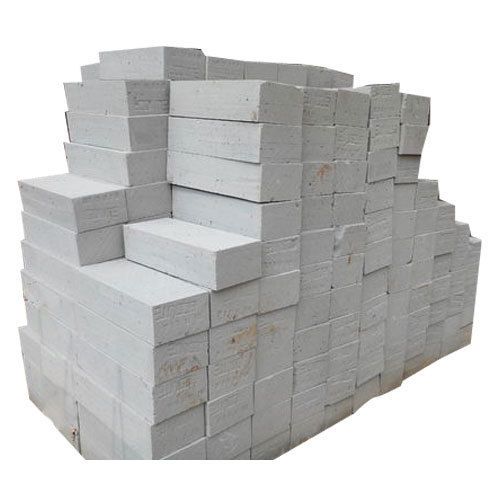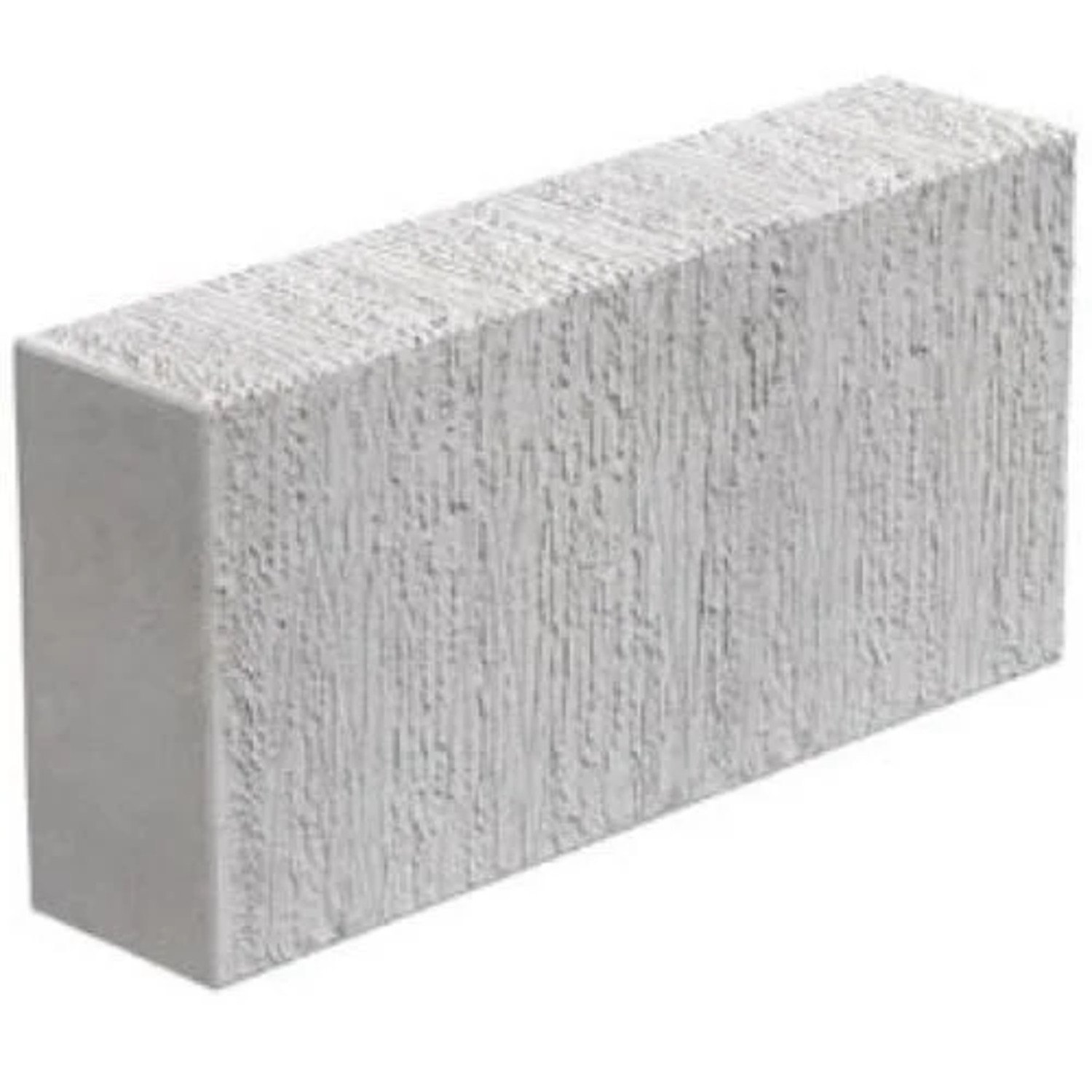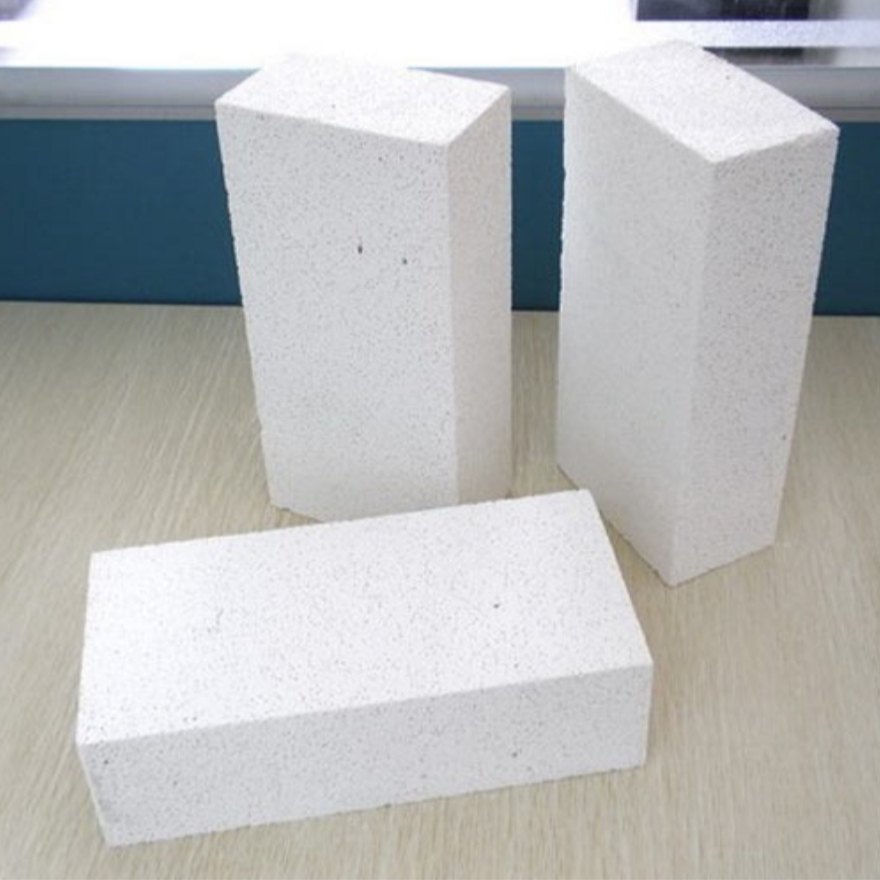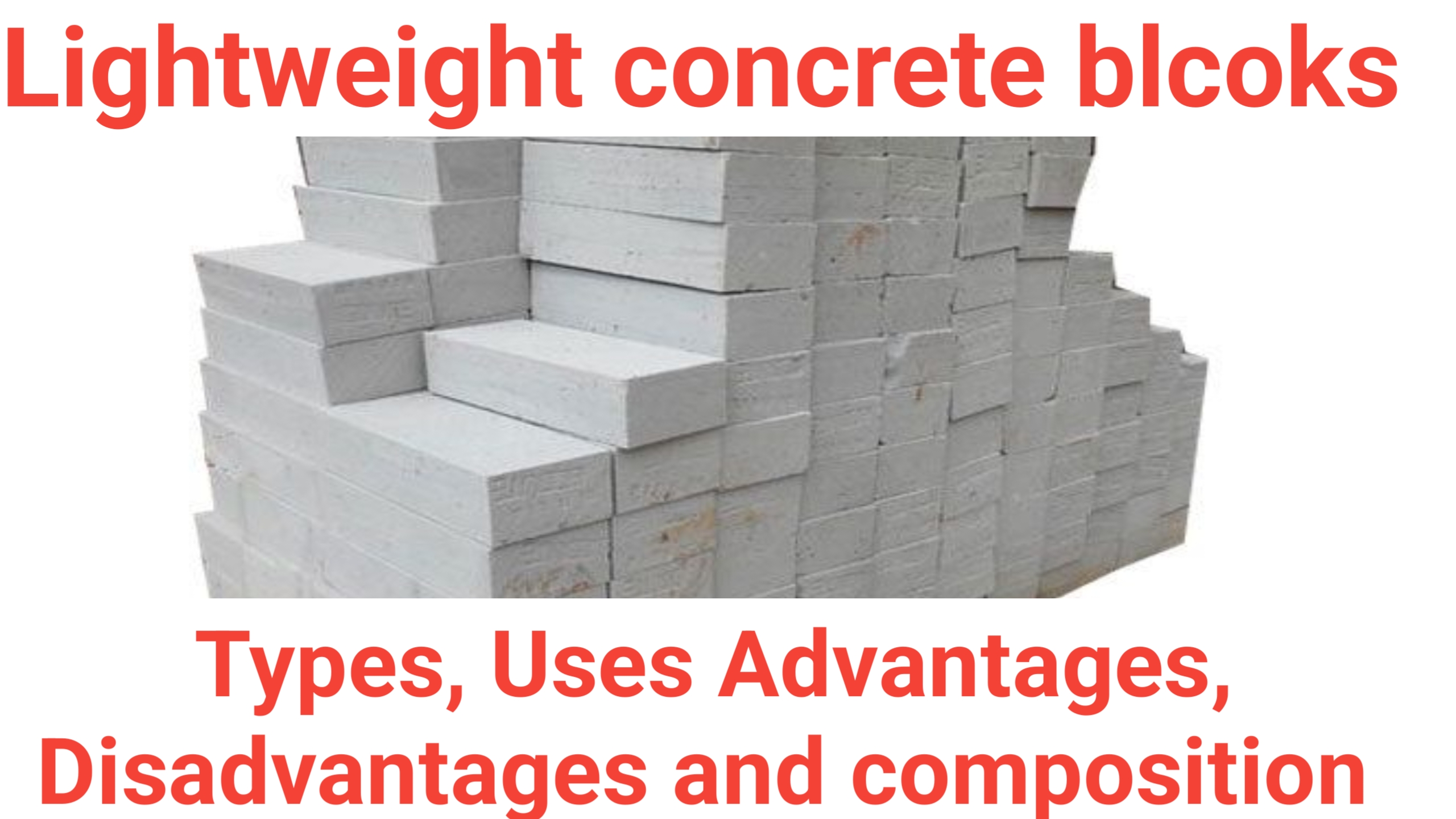Lightweight concrete blocks are a popular building material known for their reduced density compared to traditional concrete blocks. This reduction in weight is achieved by incorporating lightweight aggregates or by introducing air voids into the concrete mix.

Lightweight concrete blocks
1. Composition
Cement: The primary binding material, typically Portland cement.
Aggregates: Lightweight aggregates such as expanded clay, shale, slate, perlite, vermiculite, or pumice. Sometimes, industrial by-products like fly ash or slag are used.
Water: Essential for the hydration of cement and achieving the desired workability.
Air Entrainment: Chemical admixtures may be added to introduce tiny air bubbles, further reducing the block’s weight.
2. Types of Lightweight Concrete Blocks
- Autoclaved Aerated Concrete (AAC): Made by adding aluminum powder to the mix, which reacts with the lime and water to form hydrogen bubbles, creating a porous structure. Cured in an autoclave, resulting in a strong yet lightweight block.

- Foam Concrete Blocks: Produced by mixing foam into the concrete, creating a cellular structure with air pockets.

- Lightweight Aggregate Blocks: Utilize natural or manufactured lightweight aggregates to achieve lower density.

3. Properties
Density: Typically ranges from 400 to 1600 kg/m³, compared to 2400 kg/m³ for traditional concrete.
Thermal Insulation: Superior thermal insulation due to the air voids, reducing the need for additional insulation materials.
Sound Insulation: Provides good acoustic insulation, making it suitable for residential buildings.
Fire Resistance: Generally offers high fire resistance, often up to 4 hours, depending on block type and thickness.
Compressive Strength: Ranges from 3 to 40 MPa, suitable for various structural and non-structural applications.
Workability: Easy to cut, shape, and handle on-site due to its lightweight nature.
4. Advantages of Light Weight Concrete
Reduced Structural Load: Lightweight blocks decrease the overall load on the structure, potentially reducing foundation costs.
Energy Efficiency: Improved thermal insulation leads to energy savings in heating and cooling buildings.
Ease of Handling: Lighter weight facilitates faster and easier construction, reducing labour costs.
Sustainability: Often made with recycled materials, reducing the environmental impact.
5. Disadvantages of Light Weight Concrete
Higher Initial Cost: Typically more expensive per unit compared to traditional concrete blocks.
Lower Load-bearing Capacity: Not always suitable for high-load-bearing applications.
Moisture Sensitivity: Some types may absorb more water, requiring additional waterproofing measures.
6. Applications
Residential Construction: Ideal for walls, partitions, and floors in houses due to their insulation properties.
Commercial Buildings: Used for internal walls and facades in offices, schools, and hospitals.
Industrial Structures: Suitable for non-load-bearing walls and partitions in warehouses and factories.
Infrastructure Projects: Used in sound barriers along highways and lightweight fill in geotechnical applications.
7. Installation and Handling
Cutting and Shaping: Can be easily cut with standard hand tools or power tools.
Joining: Typically joined using thin-bed mortar or special adhesives, ensuring strong and stable connections.
Reinforcement: May require additional reinforcement in structural applications, especially in load-bearing walls.
8. Maintenance and Durability
Longevity: Generally durable with a lifespan comparable to traditional concrete blocks.
Maintenance: Regular inspection for cracks and moisture damage is recommended, especially in exposed applications.
9. Environmental Impact
Resource Efficiency: Utilizes less raw material and often incorporates recycled components.
Reduced Carbon Footprint: Lighter weight means less energy is required for transportation and handling.
Waste Reduction: Easier to recycle at the end of their lifecycle, contributing to sustainable building practices.
10. Future Trends
Innovative Materials: Development of new lightweight aggregates and additives to improve performance.
Sustainable Practices: Increased use of recycled materials and improvement in manufacturing processes to lower environmental impact.
Smart Blocks: Integration of sensors and smart technology for better building performance monitoring.
Conclusion
Lightweight concrete blocks offer numerous benefits, including reduced structural load, improved insulation, and ease of handling. While they come with some drawbacks, such as higher initial costs and potential moisture sensitivity, their advantages in energy efficiency and sustainability make them a valuable choice for modern construction. As technology advances, the use and development of these blocks are likely to expand, further enhancing their performance and environmental benefits.
Also read- What is Lightweight concrete


1 thought on “Lightweight Concrete Blocks, Types, Uses, advantages”